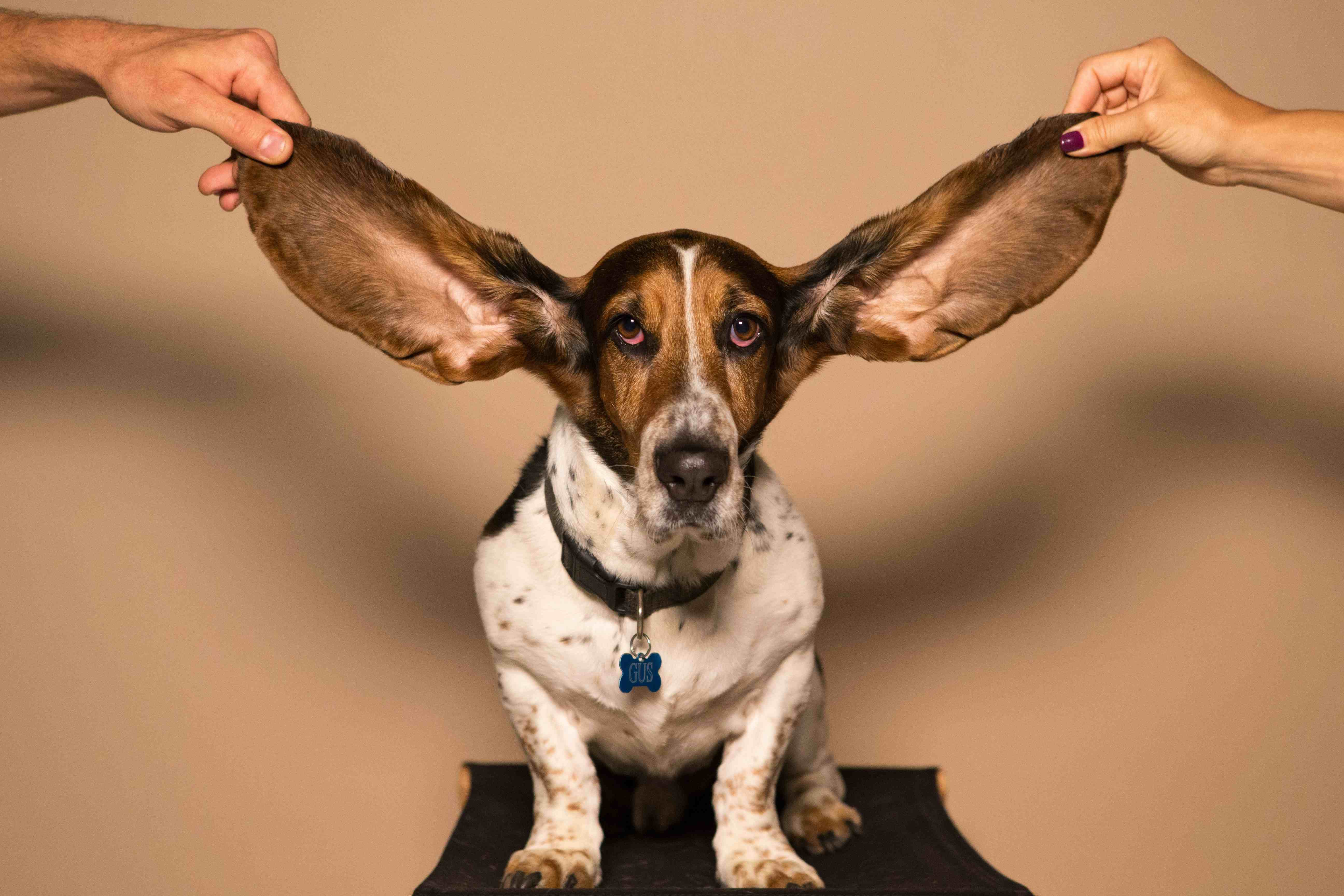Vertigo: How do you fix it?
by: Dr Melissa Reinke, DC

Vertigo is the sensation that you or the environment around you is spinning. It may be accompanied by nausea, vomiting, tinnitus (ringing in your ears), hearing disturbances, loss of balance, headache, neck pain, confusion, and/or brain fog. At it's worst, it can be completely debilitating- taking a serious toll on your physical and mental health.

Types of vertigo include:
- Benign Paroxysmal Positional Vertigo (BPPV)
- Cervicogenic Dizziness
- Myofascial Pain Syndrome
- Temporal Mandibular Joint Dysfunction
- Vestibular Migraine
- Ocular Vertigo
- Obstructive Eustachian Tube Dysfunction
- Vestibular Neuritis or Labyrinthitis
- Meniere's Disease
- Brain Injury including Post Concussion Syndrome
To better understand these conditions, it can be helpful to know how the body regulates balance. There are 3 main components involved- each giving the brain a piece of the puzzle that's used to create a complete picture of where our body is in space, relative to the world around us.
1. The Vestibular System
Located in the inner ear is our vestibular system.
Consisting of three fluid filled semicircular canals,
arranged in various orientations, this structure is
sensitive to rotational movement of the head. When you look
over your shoulder, the fluid in these canals moves against little hair cells that line its
surface, setting off a nerve signal pathway telling the brain
which direction the head was rotated. Also within the
vestibular system are two organs, the utricle and
saccule, which contain tiny crystals called canaliths. This
part of the inner ear detects forward or backwards
movement of the body by way of the crystals sliding
along the hair cells, which again creates a nerve signal to
the brain. The vestibular system
communicates with the brain via the vestibular nerve.
Conditions associated with Vestibular System dysfunction
include: BPPV, and Vestibular Neuritis.
2. Mechanoreceptors
Within your joints, ligaments, muscles and skin are little receptors that
are sensitive to movement and stretch. When these receptors
are stimulated, they send a signal to the brain to
communicate where that body part is in space. For example,
when you look over your left shoulder there are receptors in
the tendons of your neck muscles, in the ligaments between
your cervical vertebrae, in the skin of your neck, and inside the joints themselves which
all tell your brain that your head is turned towards the left.
Conditions associated with Mechanoreceptor dysfunction
include: Cervicogenic Dizziness,
Myofascial Pain Syndrome, Temporal Mandibular Joint Dysfunction.
3. The Visual System
Similar to mechanoreceptors, the retina in your eyes
have special cells (rods and cones) that communicate with the brain. When light enters the eye, these receptors
send an impulse to the brain that is translated to vision.
This visual feedback provides information about where we are
relative to the other objects around us. A condition associated with Visual System dysfunction is
Ocular Vertigo.
When one of these systems fail, or the part of our brain that is responsible for understanding these signals is damaged, we create mixed messages about how our body is oriented in space- causing vertigo.
The first step to treating vertigo is having the correct diagnosis. While this may seem obvious, it can be challenging to correctly understand the cause for some patients. Sometimes it takes a trial and error approach to treatment, as many causes of vertigo have a very similar presentation. There can also be multiple causes that are overlapping and creating a more complex symptom pattern- such as having a whiplash injury AND a concussion, or having ocular vertigo AND vestibular migraines. If all the causes are not addressed, unfortunately the symptoms are likely to persist. This can be like trying to put together a puzzle when you're missing some of the pieces... you may get the gist of the picture but it's not complete.
This is where a multidisciplinary approach to care becomes important. I am a chiropractor and acupuncture provider who has been successfully treating vertigo for over a decade. I've taken a special interest in this condition because is it extremely common, incredibly debilitating but also a challenge to correctly diagnose and treat. My treatment plans include not only the services I offer, but also other healthcare providers from my team, referrals to outside experts as needed, and communication with your medical doctor. By including various providers with different areas of expertise we are in effect building our clinical picture without any missing pieces of the puzzle.
Causes of vertigo:

Benign Paroximinal Positional Vertigo (BPPV)
One of the more common causes of vertigo is BPPV. Symptoms include relatively short periods of intense vertigo, typically brought on by head movement. BPPV can be absolutely debilitating, limiting your ability to do any head movement without causing overwhelming dizziness, nausea or vomiting, unsteadiness, and even confusion and brain fog. While the initial intense symptoms may last anywhere from a few seconds to several minutes, there can be a lingering sense of uneasiness that persists for much longer. Many of these patients become fearful of doing any movement because they aren't clear about what is triggering them.
BPPV is a dysfunction within the vestibular system of the inner ear. It's caused when the canalith crystals from the utricle/saccule organs become dislodged and migrate into one of the semicircular canals. Once in the canals, they brush up against the hair cells that relay impulses to the brain, and incorrectly signal that you are moving. This disorients the body in space causing a spinning sensation.
There are different types of BPPV depending on which semicircular canal is involved- the posterior, anterior or horizontal canal. Regardless of the exact type, treatment consists of the practitioner moving and holding your head in different positions so the crystals can be encouraged to move back through the canal and into their correct location. The most common repositioning treatment is called the Epley's Maneuver, which is used to treat Posterior BPPV. Despite what you may have been told, this repositioning technique is incredibly specific and should not be performed at home, without a trained professional. There are, however, at home techniques that can be included in the treatment plan which are both safe and effective.
During the repositioning treatment you can expect to feel a re-creation of your symptoms. I understand that this can be quite intimidating. I take great care to talk my patients through the entire procedure and because I am able to see the pupils flicker (this is called nystagmus) while the crystals are shifting, I can talk you through the worst of the symptoms and help you feel in control. Following the treatment you can expect to have some queasiness so I recommend that you have someone drive you to and from your first appointment. You will also be advised not to do any quick head movements or lie completely flat for 24 hours following treatment. Sleeping in a semi-reclined position will help give the best results. Many patients report same day improvement and require 1-4 total sessions for full resolution. Depending on which canal is involved, I like to provide an at home exercise that can be used to further your improvement between treatments.
Cervicogenic Dizziness
This type of vertigo is caused by an injury to the mechanoreceptors that are in your neck. Under normal circumstances these receptors, when stretched by movement, send a signal to your brain about where your head is in space. They can be injured suddenly due to a sprain/strain such as whiplash, or over a longer period of time from repetitive overuse. Even something seemingly minor, like constantly looking down or holding your head in an awkward position, can lead to the mechanoreceptors being overloaded by input and becoming dysfunctional.
My treatment plan recommendations for cervicogenic dizziness are based on your specific cause, treatment preferences, and health history. Chiropractic techniques used to improve the function of joint mechanoreceptors include joint manipulation, joint mobilizations, soft tissue therapy, and/or acupuncture. Massage therapy can also be very beneficial. Our RMT's offer a wide variety of massage techniques including dynamic cupping, trigger point therapy, and myofascial release.
Myofascial Pain Syndrome
When muscles are hypertonic/tight, they can cause pain to spread to different areas of the body. This is called referred pain and each muscle has its own unique referral pattern. When the mechanoreceptors in the tendons of these muscles are damaged or over stimulated they can create a referral pattern that involves not only pain but dizziness as well. Similarly to cervicogenic dizziness, causes include whiplash, and overuse. The most commonly involved muscles are the suboccipitals, upper trapezius, sternocleidomastoid (SCM), and scalenes. Primary treatment for myofascial pain includes relieving muscles tension through soft tissue therapy or trigger point acupuncture needling. Secondly, it's important to address the underlying cause of the muscle tension. I offer functional assessments which includes specific muscle testing, posture, gait and even breathing analysis to determine where the body is compensating and how these compensation patterns are contributing to the symptoms. Depending on the findings, joint manipulation or mobilizations may be beneficial, as well as specific exercises and stretches to help maintain proper body function going forward. Massage Therapy is an excellent treatment option for myofascial pain syndrome, specifically: myofascial release, dynamic cupping and trigger point therapy.
Temporal Mandibular Joint Dysfunction (TMJD)
Similarly to Myofascial Pain Syndrome, the TMJ and surrounding muscles can create a dizziness sensation when they become too tight. This is due to their specific referral pattern. Additionally, the TMJ muscles can cause ringing in your ears which is a commonly associated symptom with vertigo. Treatment would follow the same plan as Myofascial Pain Syndrome.
Vestibular Migraine
This is a specific type of migraine that is characterized by repeated episodes of vertigo. These migraines may or may not be associated with a headache, and can be accompanied by a visual aura and hearing disturbances. The person almost always has a sensitivity to motion, and a history of migraine headaches at some point in their lives.
Treatments may include medication and avoiding any triggers. While the cause is relatively unknown, chiropractic treatments have been shown to offer symptom relief for some. I've had great success treating vestibular migraines with acupuncture, as well as joint mobilization or joint manipulation- depending on the patient's preference.
Ocular Vertigo
Typically brought on by straining your eyes, this type of vertigo is caused by the visual system being in dysfunction. Symptoms are aggravated by eye movement at the end ranges of vision, such as looking up, but can also be linked to a combination of head/eye movement. They can be further exasperated by reading, looking at a computer screen, or being under florescent lighting. Treatment includes habituation exercises to improve the threshold of the nerve impulses within your ocular system. While most patients respond very well to these exercises, I will also referral out to a physiotherapist who specializes in ocular rehabilitation if symptoms persist.
Obstructive Eustachian Tube Dysfunction
The eustachian tube is a canal that runs from the middle ear to the throat, and it's role is to regulate pressure within the ear. If this passageway becomes blocked by mucus or due to a pressure change, it can cause vertigo, ringing in the ears, pain and/or a feeling of fullness in the head. Common causes of pressure changes that affect the eustachian tubes (called Baro-Challenge-Induced Eustachian Tube Dysfunction) include: air travel, SCUBA diving, skiing/snowboarding and sudden weather changes. Different treatments I offer for this include sinus massage, eustachian tube mobilization, soft tissue therapy for the muscles in the surrounding area, and referral for Massage Therapy. It's important to rule out sinusitis or an ear infection as the cause of these symptoms. If I suspect an infection, I will refer you to your medical doctor for further investigation and treatment. Once you are under the care of your MD, I can provide additional symptom relief with eustachian tube mobilization to help improve drainage, and soft tissue therapy for the neck and jaw. It's important to note that I don't treat the infection and will not offer any treatment for symptom relief until you have seen your MD. If left untreated an infection can cause permanent damage to the inner ear or vestibular nerve.
Vestibular Neuritis or Labyrinthitis
This condition is due to swelling and inflammation of the nerves that supply the inner ear. Commonly caused by a viral infection, symptoms include dizziness, sudden severe vertigo, balance difficulties, hearing loss, tinnitus/ringing in your ears, nausea/vomiting, and concentration difficulties. If this condition is suspected, I will refer you to your medical doctor for testing and treatment. If left untreated, you can experience long term effects to your vestibular system. In this case, referral to a physiotherapist that specializes in vestibular rehabilitation would be the most appropriate.
Meniere's Disease
This is a chronic condition of unknown cause that affects the inner ear. Symptoms include vertigo that lasts from 20 minutes to several hours, one sided hearing loss, tinnitus (ringing in your ears), and a feeling of fullness in your ears. If Meniere's Disease is suspected you will be referred to your Medical Doctor for diagnosis and treatment.
Brain Injury including Post Concussion Syndrome
Post Concussion Syndrome describes the range of symptoms that can continue on after you've had a concussion injury. These include fatigue, dizziness, mood changes, headaches, light/sound sensitivity, difficulty concentrating and/or brain fog. There can also be a dual diagnosis of Whiplash Associated Disorder with a Mild Concussion that creates an overlapping pattern of symptoms. If this is the case, I offer a variety of treatment options including joint manipulation or mobilizations, soft tissue therapy, acupuncture, and a detailed rehabilitation plan. Referral to Massage Therapy is very beneficial for whiplash injuries. There are several programs that specialize in the treatment of mild concussions and post concussion syndrome. I will typically refer you to your medical doctor to discuss which one is best suited to you.
Rare but more serious causes of vertigo include brain injuries, specifically trauma to the cerebellum, and Central Nervous System diseases such as Parkinson's Disease. If I suspect one of these causes, I perform a full neurological assessment and communicate with your medical doctor regarding a referral to a Neurologist.
Back to Top